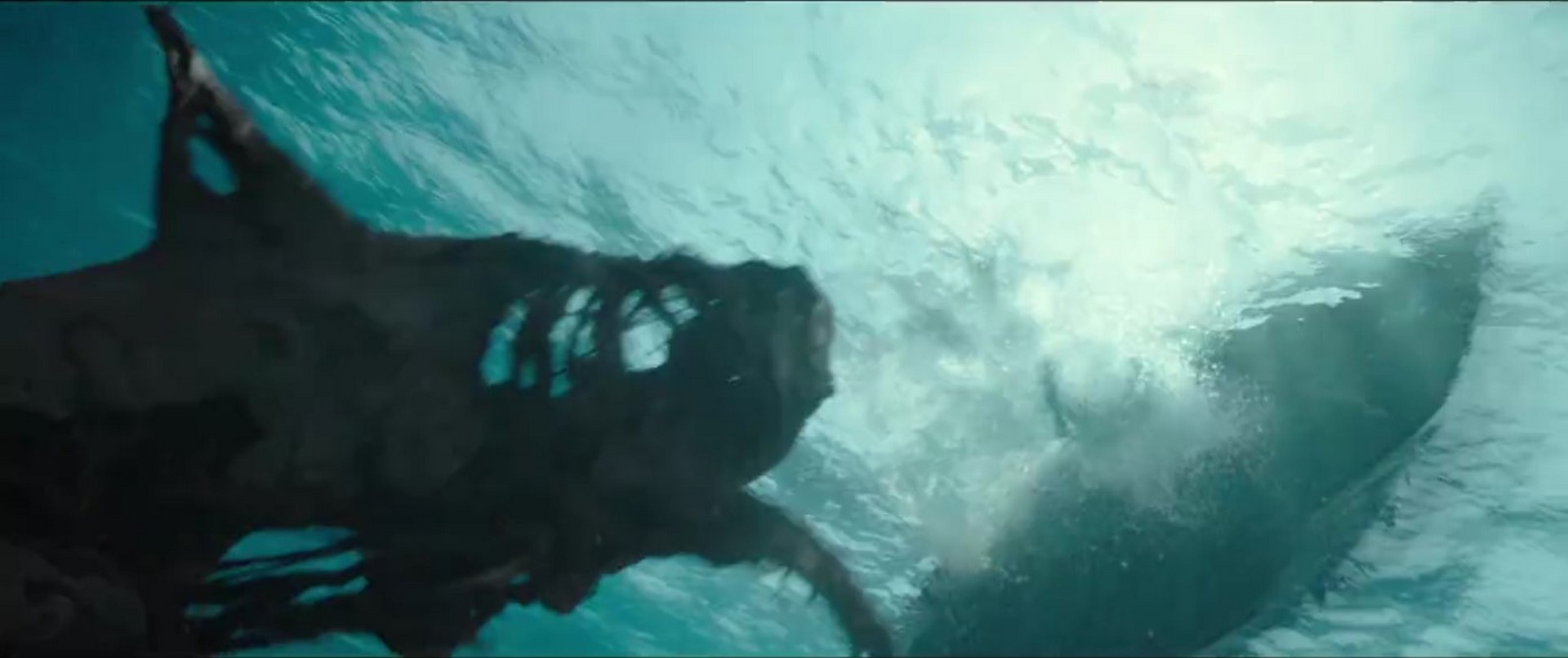

The maximum length on record is that of a male, who measured 3 meters (9.8 feet) long. Only about 0.6 meters (2 feet) long at birth, this species has an average adult length of between 2 and 2.5 meters (6 and 8 feet). 1) Scientific NameĬarcharinus Perezi 2) Scientific Classification:Īveragely 22 years. The IUCN classifies the Caribbean Reef Shark as a Near Threatenedspecies. No doubt, this remains a controversial subject to date. Though many attribute that to the habit locals and ecotourism businesses in the area have of feeding it bait to approach groups of divers. This is due to its important place in ecotourism.ĭespite that, this shark is implicated in a number of attacks on humans with these incidents happening mainly in spring and summer. However, of late its becoming more valuable alive than dead.

The Caribbean Reef shark is of economic value to commercial fisheries and they target it for its meat, leather, liver oil, and for use in fishmeal. Clark proposed that the strong water current in these caves may help the shark dislodge parasites clinging to its body. This is actually very unusual behavior for an active-swimming shark. They noticed its habit of resting motionless on the sea bottom or underwater caves.
Eugenie Clark, among other researchers, studied this shark in detail. Their eyes are large and round with nictitating membranes (a type of protective third eyelid).ĭr. Their snouts are relatively short, broad, and rounded. They have a dark gray/gray-brown colored body with a white or white-yellow underbelly. This species is also one of the largest apex predators dwelling in the reef ecosystem. In fact, people commonly mistake it for similar sharks like the dusky shark, and silky shark. Consequently, this makes it difficult to distinguish from other large members of its family. Like many other requiem sharks, it has a robust, streamlined body. It’s actually the most common reef shark in the tropical waters of the Caribbean Sea. The Caribbean Reef Shark is another of the requiem sharks (migratory, live-bearing, and warm water dwelling sharks) in the family Carcharhinidae. It’s Very Similar In Appearance To Other Sharks In Its Family (Photo: Albert Kok/Wikimedia Commons cc by-s.a. The Caribbean Reef Shark is one of the largest apex predator in its ecosystem.


 0 kommentar(er)
0 kommentar(er)
